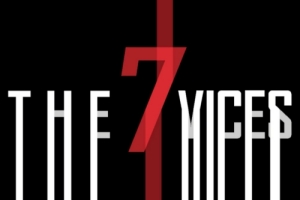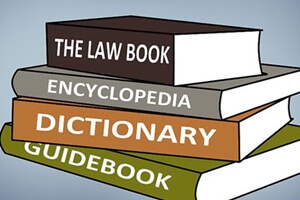Five numbers for managers everywhere to remember
This is the age of the data scientist. Employers of all kinds prize people with the skills to capture and analyse enormous amounts of information, to spot patterns in the data and to turn them into useful insights. But some of the most valuable figures in business need neither an analytics team nor knowledge of Python. They are simple to remember and useful for bosses in every organisation. Here is a small selection of management’s magic numbers:
Zero: Doing nothing can be the most valuable thing a manager can do, as the fable of Atwood’s duck demonstrates. Jeff Atwood, a computer programmer, is credited with popularising the (possibly apocryphal) story of a piece of deliberately unnecessary work that an animator did on a video game called “Battle Chess”.
Aware that the higher-ups needed to feel that they were adding value by making changes, the animator gave the character of the queen a wholly extraneous pet duck. Sure enough, the reviewers asked the programmer to do only one thing: remove the bird. In theory, everyone ended up happy, except the duck. In practice, time had been wasted because people higher up the chain needed to justify their existence.
One: This is the number of bosses people should have. In reality, matrix structures and team-based approaches mean that lots of workers report to multiple masters. According to a Gallup survey in 2019, 72% of American employees occasionally or consistently work in different teams. This approach can have benefits, but clarity is not one of them. The Gallup poll showed that those who work in a matrix are less likely to know what is expected of them, and more likely to spend their day festering in endless internal meetings. Managers in matrix structures should at least try to make their underlings feel like they have one boss, even when they do not.
Three: In a paper published in 2013, two academics tested whether there was an optimal number of claims that marketers should make for their products and services in promotional messages. They found that making three claims was best: any fewer and consumers felt they lacked enough information to make their minds up about a product; any more and they became sceptical that the claims were authentic. The “rule of three” is useful in many other settings, too, from points in presentations to pricing options for customers. One place it does not apply is in a column about magic numbers, so:
Ten: The number of people who should be in a meeting depends not just on what is being discussed, but also on where it is taking place. According to a survey of British workers conducted in 2021 by Nicholas Bloom of Stanford University and Paul Mizen and Shivani Taneja of the University of Nottingham, the efficiency of online meetings declined steadily as the number of participants grew. Zoom calls work best with between two and four participants, when there is less need for people to keep muting and unmuting, more chance to see people’s facial expressions and less chat-room blather. Efficiency declines until ten people or more are involved, at which point it is better to hold meetings in person.
150: Dunbar’s number postulates that the number of stable social connections a human can have is roughly 150. First proposed by Robin Dunbar, an anthropologist at Oxford University, the figure has its critics. Some researchers reckon it is too low; introverts think it is ludicrously high. But this group size recurs in many settings, from the congregations of single-leader churches to networks of Christmas-card recipients. Companies have also found that it has significance; passing the 150-person threshold requires a change in management practices, from informal and undocumented to structured and codified.
There is a pattern to these numbers. In one way or another, they illustrate the risks of addition. Expand a company beyond a certain size and social bonds will weaken. Invite more people to the meeting and you will wait longer at the start as everyone dials in. Add extra reporting lines and the burden of collaboration will spiral.
The idea that less is more is not new, of course. Max Ringelmann was a 19th-century French engineer who found that adding more and more people to a rope-pulling team had an adverse effect on individual productivity. The more people there were to tug on the rope, the less sense of responsibility each person felt for the outcome and the less hard they pulled. Ringelmann’s insight is still valid. Subtraction has its attractions.















